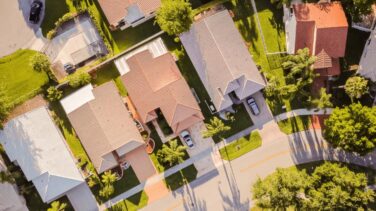Perhaps one of the most surprising impacts of the COVID-19 pandemic has been the widespread increase in demand for public space. As we strive to balance staying home and practicing social distance with maintaining our physical and mental well-being, public spaces – bike trails, parks, and open spaces – have become more important than ever.

While restrictions and closures of public areas have made it more challenging for people to access those spaces, for some, accessing them was never easy. Urban planners and designers are being tasked with developing a comprehensive plan to create accessible open spaces – with a greater focus on accessibility for those who have traditionally been deprived of them.
How can we safely – and inclusively – accommodate this increase in a demand for public space? What should we consider when designing programming that will work for our communities?
Like all facets of life, placemaking has needed to evolve with the pandemic and the state of the world. Redefining placemaking to account for safety measures and the need for outdoor space – especially for those who lacked access even before the pandemic.
That’s why it’s important to go back to basics and think about who is using the spaces and who has traditionally been deprived of access to those spaces, what they need, and what’s most important to the community. Those needs, just like our world today, are continually evolving.
In partnership with Bench Consulting, we’ve created a comprehensive guide: “Reactivating Space in the Age of COVID-19.” We highlight successful placemaking projects from the COVID-19 era, common pitfalls to avoid when planning and implementing, and a toolkit to help you get started with a thoughtful placemaking project.


